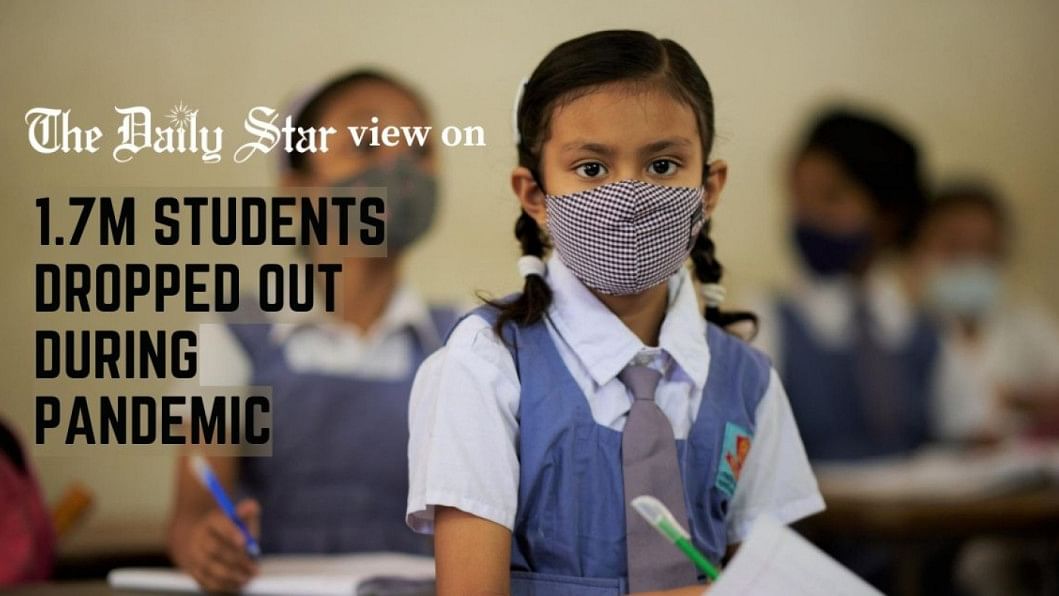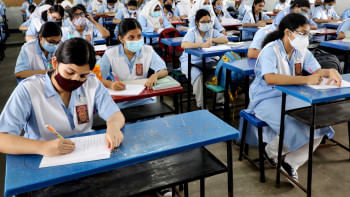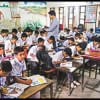Bring back 17 lakh missing students

With the Covid pandemic having been among us for a considerable amount of time now, its devastating effects on our lives are beginning to settle in and becoming evident through data. As per a report by this daily, published on Saturday, government data has revealed that at least 17.62 lakh students dropped out of educational institutions in the first two years of the pandemic. The University Grants Commission (UGC) reported the dropping out of 2.49 lakh students from universities between 2020 and 2021, while data from the Bangladesh Bureau of Educational Information and Statistics (Banbeis) and the Directorate of Primary Education, respectively, show that 62,104 students dropped out of secondary school and a staggering 14.5 lakh left primary school during the same period. Worse still, educationists believe that many of these students have left behind education permanently.
Of course, at the crux of reasons behind such large-scale dropouts are the financial issues faced by families due to pandemic-induced lockdowns. With almost two-thirds of the total cost of education in Bangladesh reportedly covered by households, when parents lost their jobs and businesses began to count losses, the education of children was unfortunately one of the first big expenses many decided to cut down on. As a result, many children had to drop out and join the labour force, while female students were increasingly subjected to child marriage. This is why, in 2021, the Unicef reported the first increase in child labour worldwide in 20 years. And, as per a report prepared by the Directorate of Secondary and Higher Education, surveying 11,769 secondary schools, nearly 50,000 female students were turned into child brides, while almost 80,000 of them became child labourers in 2021.
What is most disappointing, however, is the government's seeming lack of notice when it comes to addressing Covid-induced learning loss. For one, the budget for FY 2022-23 only had 12 percent of it allocated for education, nowhere near close to the recommended 20 percent. Moreover, as experts have pointed out, the focus has largely been on returning to "normal," without addressing the negative effects of prolonged school closures. Thus, in our second year after schools reopened, authorities have continued to fail in bringing students back to classrooms.
The onus now is on the relevant authorities to introduce and implement effective incentives which will help bring dropouts back into schools and universities. School students who want to get back to school after a gap could be offered the option of "bridge schools" wherein the curriculum of any missed grades could be compressed into a course of a few months to prevent learning loss when they get back to regular schooling. The government must also work to incentivise parents and guardians to send their children back to school. As for stopping child marriage, it is crucial that not only are marriages halted from taking place, but that awareness is raised vigorously in communities as to why child marriage is never the option to resort to for the betterment of a girl child.


 For all latest news, follow The Daily Star's Google News channel.
For all latest news, follow The Daily Star's Google News channel. 





Comments